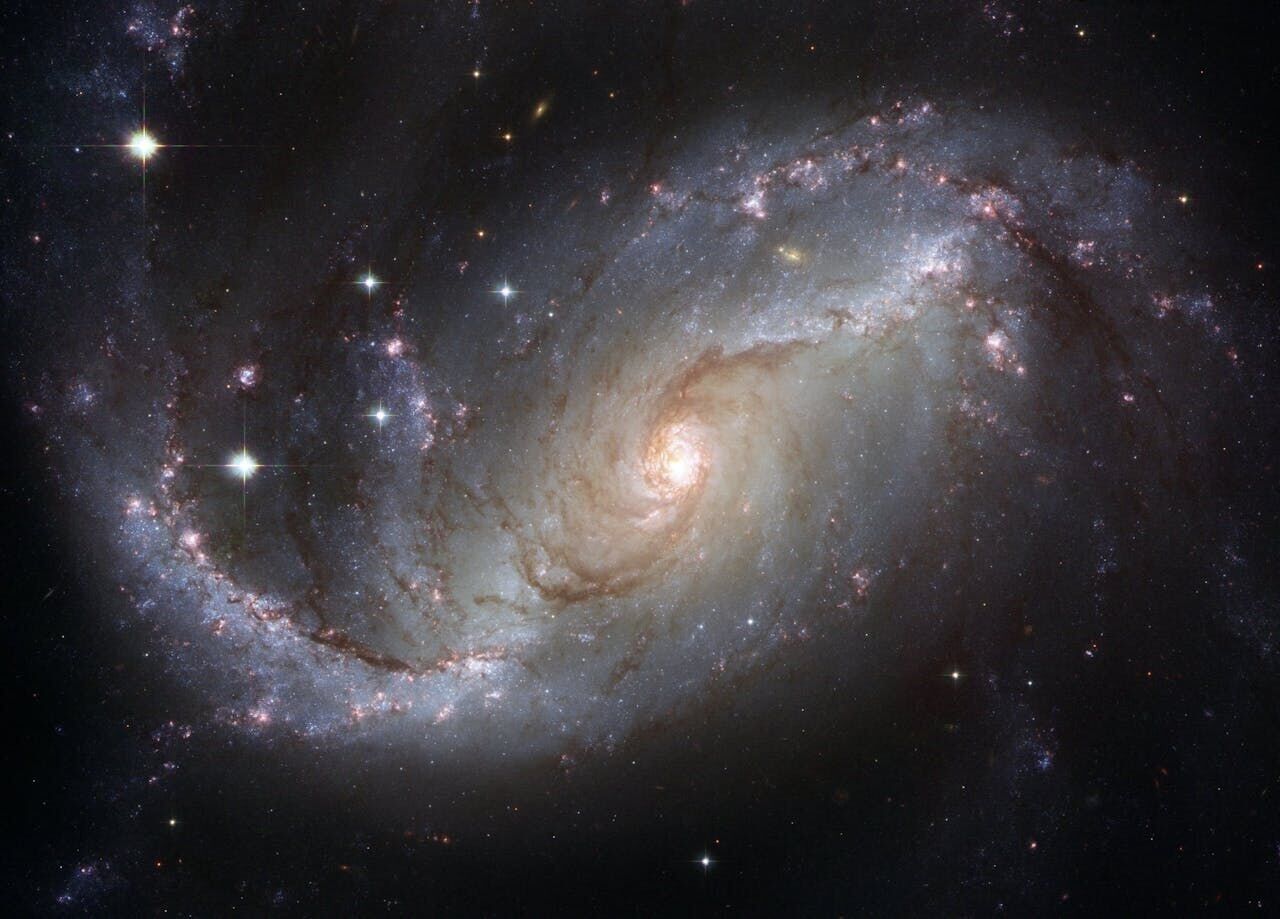In a groundbreaking discovery, astronomers have pinpointed the origin of a mysterious fast radio burst to the immediate vicinity of a rotating neutron star, or magnetar. Using an innovative technique involving scintillation, researchers determined that the burst originated just 10,000 kilometers from the star, offering the first conclusive evidence linking these cosmic phenomena to magnetospheres.
Astronomers find origin of mysterious ‘alien’ signal

Key Takeaways:
- Astronomers traced a mysterious fast radio burst to a magnetar’s magnetosphere.
- The burst originated approximately 10,000 kilometers from a rotating neutron star.
- This provides the first conclusive evidence linking FRBs to magnetospheres.
- Researchers used scintillation to pinpoint the burst’s exact location.
- The study advances understanding of fast radio bursts and their origins.
Astronomers Trace Mysterious Radio Burst to Neutron Star
An Enigmatic Cosmic Signal
Fast radio bursts (FRBs) have puzzled scientists since their discovery in 2007. These fleeting yet powerful flashes of radio waves last only a millisecond but can carry an enormous amount of energy—enough to briefly outshine entire galaxies. The exact causes and origins of FRBs have remained unconfirmed, leading to various theories, including the possibility of extraterrestrial life attempting to contact Earth.
Discovery of FRB 20221022A
In a significant scientific breakthrough, astronomers at the Massachusetts Institute of Technology (MIT) have traced the origin of an FRB known as FRB 20221022A. Detected by the Canadian Hydrogen Intensity Mapping Experiment (CHIME) radio telescope array, this particular burst was observed from a galaxy about 200 million light-years away. What set FRB 20221022A apart was its highly polarized light, exhibiting an S-shaped curve—an indication that the signal’s emission site was rotating, a characteristic previously observed in pulsars.
The Scintillation Technique
To pinpoint the burst’s origin, the researchers employed an innovative technique involving scintillation. Similar to how stars appear to twinkle due to the interference of interstellar gas, scintillation refers to changes in a signal’s brightness caused by such interference. By analyzing these variations, the team deduced that the FRB was “twinkling,” suggesting it originated from a remarkably small region.
Dr. Kenzie Nimmo, lead author and researcher at MIT’s Kavli Institute for Astrophysics and Space Research, explained: “This means that the FRB is probably within hundreds of thousands of kilometers from the sources. That’s very close. For comparison, we would expect the signal would be more than tens of millions of kilometers away if it originated from a shockwave, and we would see no scintillation at all.”
Pinpointing the Neutron Star
The team determined that the burst originated within 10,000 kilometers of a rotating neutron star—a magnetar. This proximity implies that the FRB emerged from the magnetosphere, the highly magnetic environment surrounding the neutron star. Dr. Nimmo highlighted the significance: “In these environments of neutron stars, the magnetic fields are really at the limits of what the universe can produce. There’s been a lot of debate about whether this bright radio emission could even escape from that extreme plasma.”
An Unprecedented Achievement
The precision of this discovery is remarkable. Dr. Kiyoshi Masui, Associate Professor of Physics at MIT, compared the feat to measuring an incredibly small object at an immense distance: “Zooming in to a 10,000-kilometer region, from a distance of 200 million light years, is like being able to measure the width of a DNA helix on the surface of the moon. There’s an amazing range of scales involved.”
Advancing Understanding of FRBs
This finding provides the first conclusive evidence that FRBs can originate within a magnetar’s magnetosphere, offering new insights into these mysterious cosmic events. Dr. Masui emphasized the broader implications: “These bursts are always happening, and CHIME detects several a day. There may be a lot of diversity in how and where they occur, and this scintillation technique will be really useful in helping to disentangle the various physics that drive these bursts.”
The Role of CHIME
CHIME has been instrumental in increasing detections of FRBs, contributing to the surge in observations since 2020. The stationary radio telescope array consists of four large receivers tuned to detect radio emissions within a range highly sensitive to FRBs. Its capabilities have allowed astronomers to detect thousands of FRBs from all over the universe, ranging from within our own galaxy to as far as eight billion light-years away.
Implications for Astrophysics
The study, published in the journal Nature , marks a significant advancement in astrophysics. By confirming that FRBs can originate from magnetospheres, it opens new avenues for exploring the extreme environments surrounding neutron stars. This discovery aids in refining models of how FRBs are generated and enhances our understanding of the universe’s most powerful magnetic fields.
A New Chapter in Cosmic Exploration
As scientists continue to unravel the mysteries of fast radio bursts, this breakthrough underscores the importance of innovative techniques like scintillation in astrophysical research. The ability to trace these enigmatic signals back to their origins not only answers longstanding questions but also prompts new inquiries about the fundamental forces shaping our cosmos.











